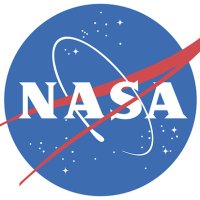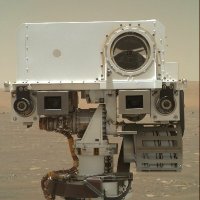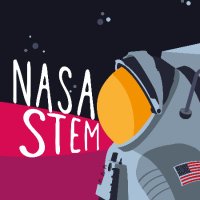
NASA Astrobiology: Exploring Life in the Universe
@nasaastrobio
Studying the origin and evolution of life on Earth to inform the search for life elsewhere in the Universe. Verification: nasa.gov/socialmedia
ID: 15078840
http://astrobiology.nasa.gov 10-06-2008 22:49:56
3,3K Tweet
829,829K Followers
98 Following



Launching in 2028, NASA’s Dragonfly mission will send a rotorcraft lander to explore Saturn’s moon Titan.🚁🪐 Graduate students are invited to apply for a 2-year term to work with Dragonfly mission team members. Applications are due June 9. Learn more: dragonfly.jhuapl.edu/Student-Opport…










Our next guest on #AskAstrobio, Dr. Amber Young from NASA Goddard, is modeling possible habitable worlds beyond our solar system. Which stellar type do YOU think is most likely to host a habitable exoplanet? Vote here: youtube.com/channel/UC14eJ… Bring your questions June 17 at 1pm







